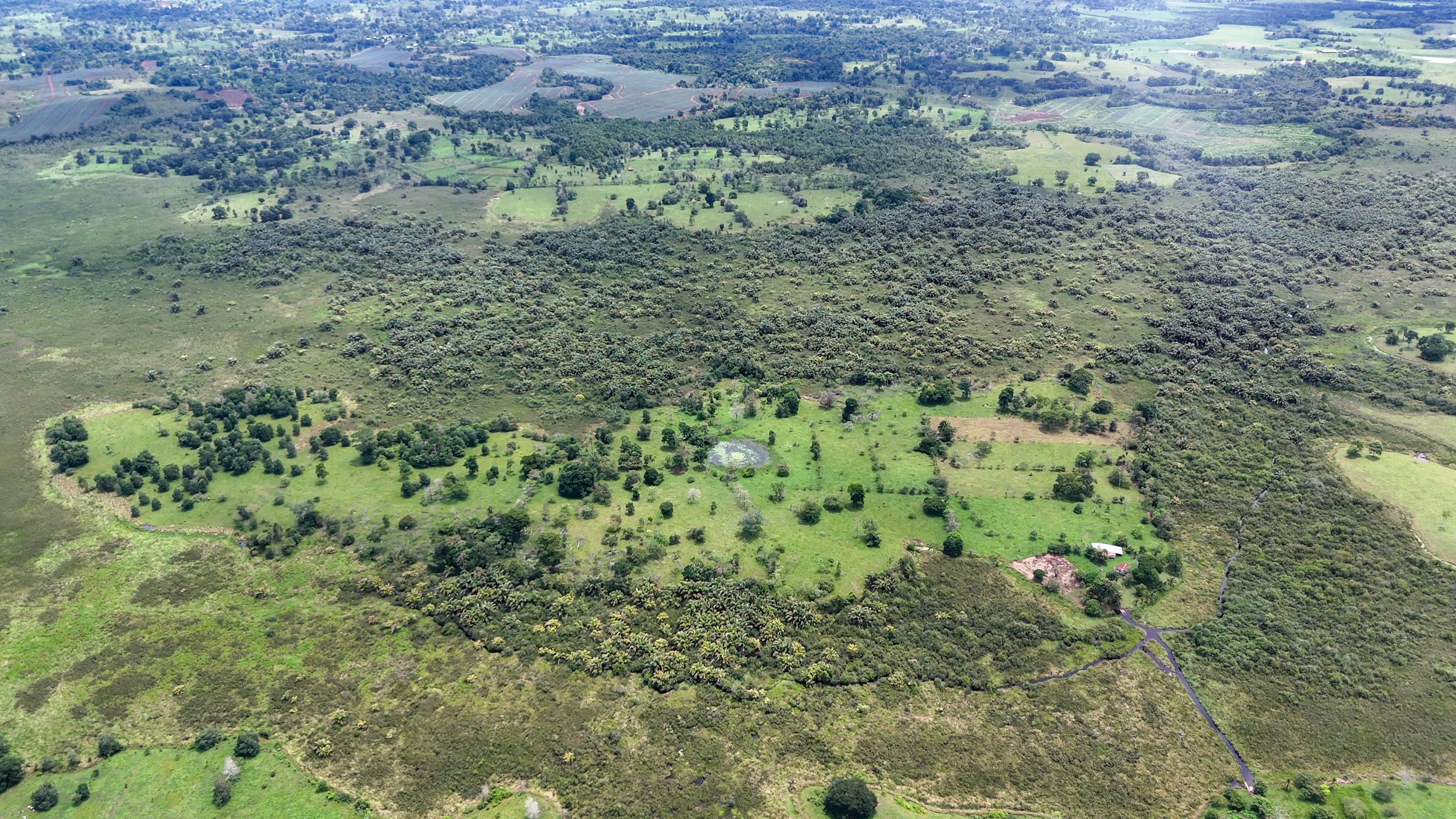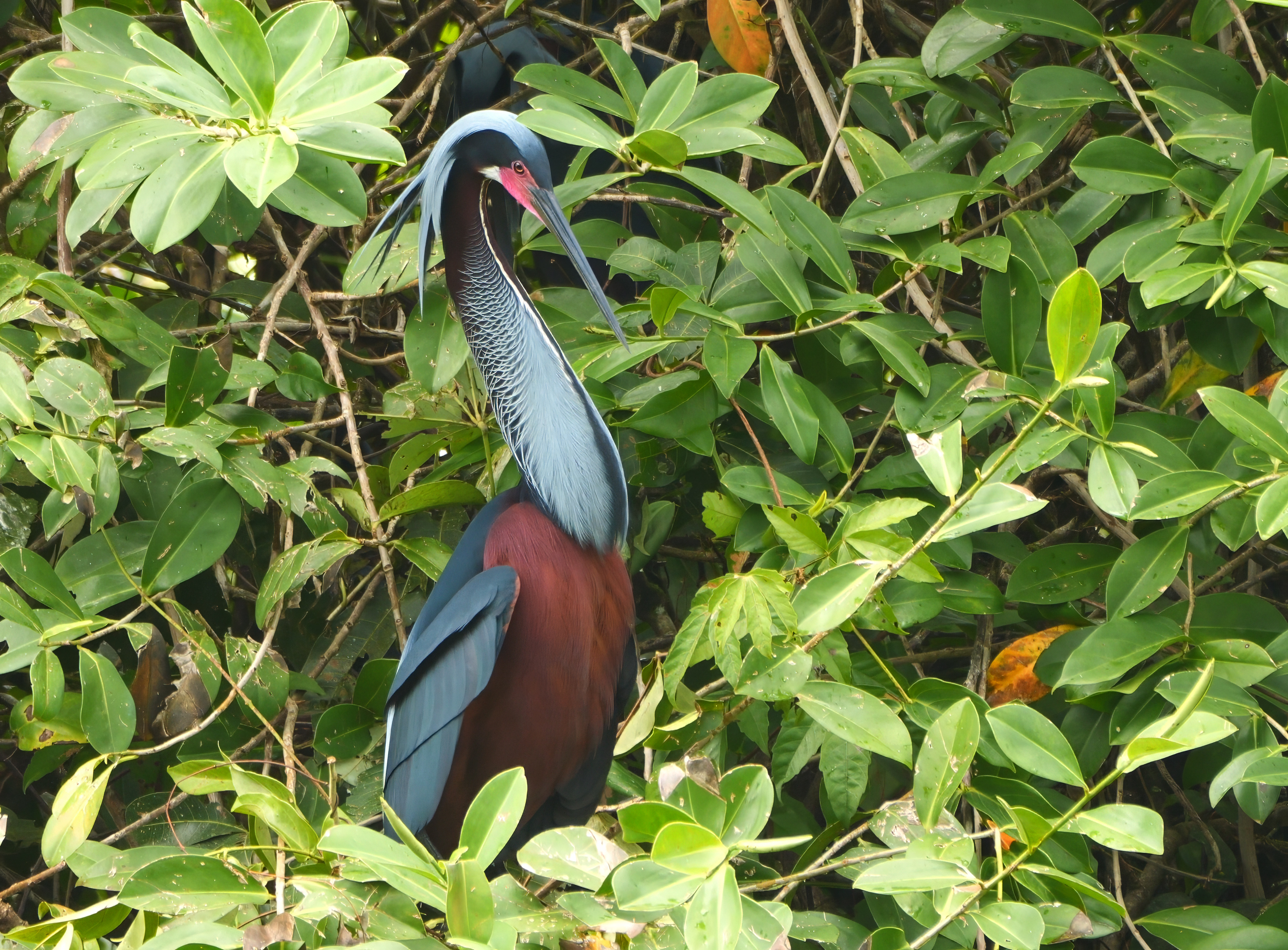
Conservation Challenges
Protecting the Agami Heron Rookery
Understanding the threats facing this critical habitat and the urgent need for protection

Protecting the Agami Heron Rookery
Understanding the threats facing this critical habitat and the urgent need for protection
A critical conservation challenge in Costa Rica's northern wetlands
The discovery of the Agami Heron rookery in May 2025 represents a significant conservation opportunity, but it also highlights the urgent need for protection. This rare and elusive species has found a critical nesting site in the wetlands near Katira de Guatuso, but the colony faces immediate threats from nearby agricultural activities.
Located less than one kilometer from the rookery, extensive pineapple fields pose a direct threat to the survival of this heron population. The intensive agricultural practices used in pineapple cultivation, particularly the application of pesticides and herbicides, have the potential to devastate the delicate ecosystem that supports the Agami Herons.

Understanding the specific dangers facing the rookery
The extensive use of pesticides in nearby pineapple fields poses a direct threat to the aquatic ecosystem. These chemicals can contaminate water sources and accumulate in fish and amphibians, which are primary food sources for the Agami Herons.
Herbicides used to control weeds in pineapple cultivation can wash into nearby wetlands during rain events. This runoff can damage aquatic vegetation and disrupt the food chain that supports the heron population.
The sensitive wetlands near Cano Negro Wetlands Preserve support diverse fish and frog populations. Chemical contamination from agricultural runoff threatens these species, which are essential prey for the Agami Herons.
The expansion of agricultural land creates barriers and reduces the available habitat for the herons. This fragmentation can limit their foraging areas and increase competition for resources.
The impact of agricultural chemicals extends far beyond the immediate application area. When pesticides and herbicides enter the wetland ecosystem, they can:
The Agami Heron is particularly vulnerable because it relies on healthy fish and amphibian populations for survival. Any decline in these prey species directly impacts the heron colony's ability to feed their young and maintain their population.

What we're doing to protect this critical habitat
Agami Island Nature Reserve has implemented several critical measures to protect the heron rookery:
Securing the 30-hectare property as a protected conservation area to provide a safe haven for the herons.
Regular monitoring of the rookery to track population health and breeding success.
Working with local communities to raise awareness about the importance of protecting this unique ecosystem.
Supporting scientific research on the Agami Heron and its habitat requirements.
The protection of the Agami Heron rookery requires ongoing support and awareness. By visiting the reserve, you contribute to conservation efforts and help raise awareness about the importance of protecting this critical habitat.